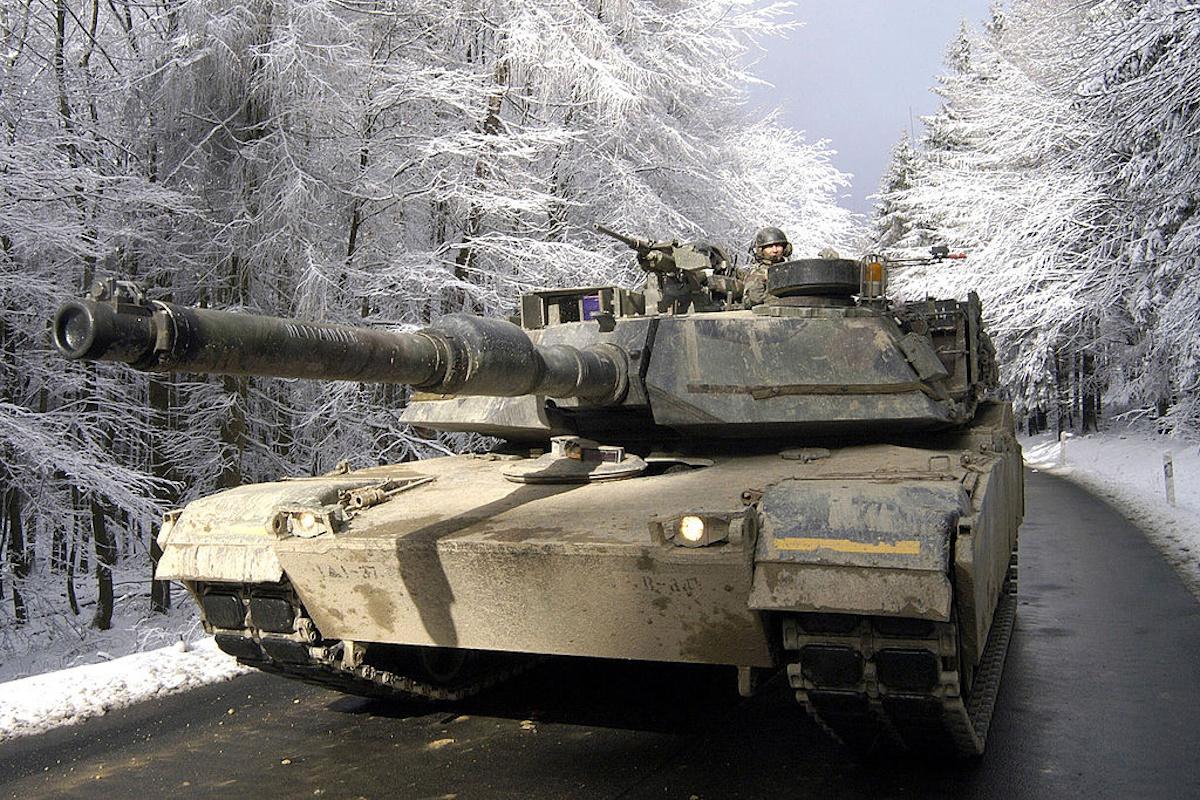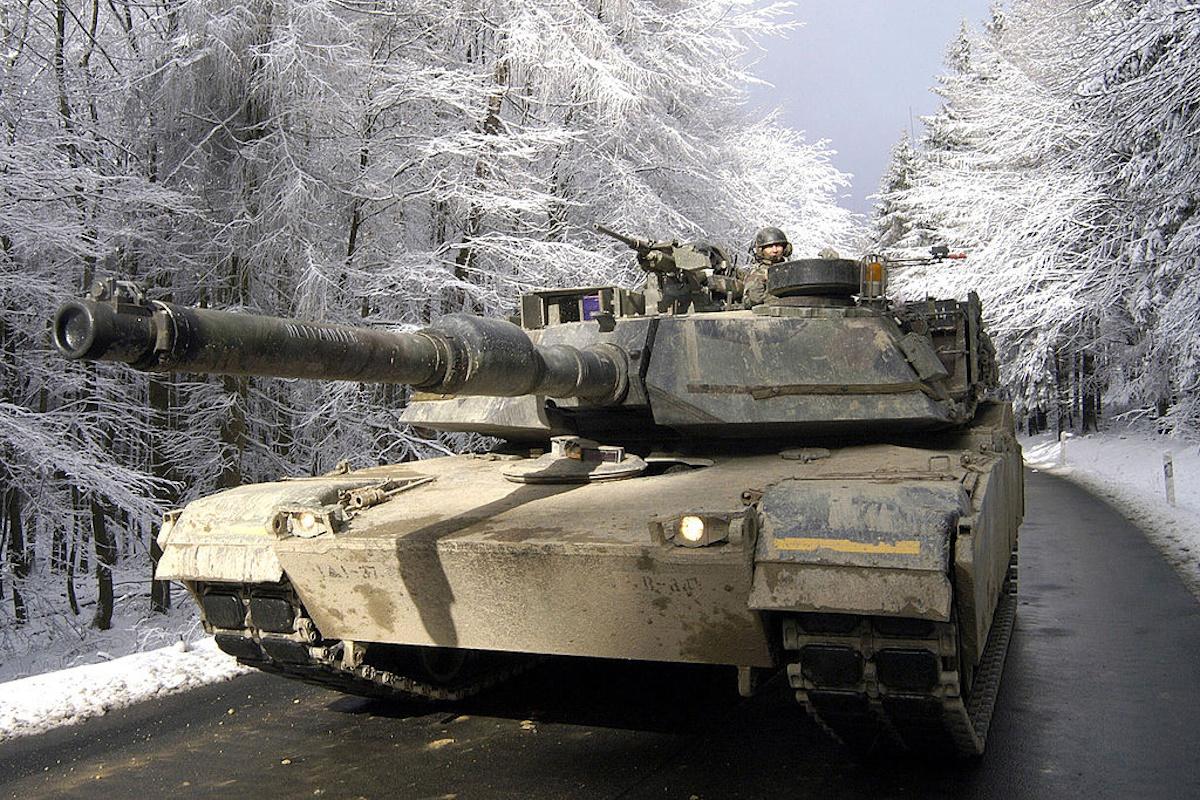“The American Abrams was created to fight against the Soviet “T-ches”. Now it became clear whether they lived up to expectations.”, — write: www.unian.ua
The American Abrams was created to fight against the Soviet “T-ches”. Now it became clear whether they lived up to expectations.
 “Abrams” are larger and heavier, but in practice this turned out to be not so important / photo wikimedia.orgThe Russian-Ukrainian war was one of the few conflicts where American Abrams met in direct confrontation with Soviet tanks. Moreover, only the Armed Forces were able to compare the actual combat characteristics of these vehicles on their own experience, writes Business Insider.
“Abrams” are larger and heavier, but in practice this turned out to be not so important / photo wikimedia.orgThe Russian-Ukrainian war was one of the few conflicts where American Abrams met in direct confrontation with Soviet tanks. Moreover, only the Armed Forces were able to compare the actual combat characteristics of these vehicles on their own experience, writes Business Insider.Although Soviet and American tanks were created to oppose each other, they were made based on completely different concepts. Soviet tanks of the T series, in particular the most massive of them, the T-72, are smaller and lighter than the Abrams, and they have weaker armor. However, their smaller size makes them a bit more difficult to target. Soviet tanks also have an automatic gun loader, which has a mixed reputation.
Once upon a time, “Abrams” already fought against simpler export versions of the T-72 in Iraq. In Ukraine, on the contrary, simpler export versions of the Abrams are fighting against the maximally equipped Russian tanks. Nevertheless, Ukrainian tankers highly rated their “Abrams”.
“It is better than the T-72, T-62 and even the Russian T-90,” the Ukrainian tank commander told the newspaper.
Like other tanks and armored vehicles in Ukraine, the Abrams faces challenges from the constant threat of drones, mines and anti-tank missiles, forcing it to play an atypical role, but the tank is still valuable. Together with “Bradley” infantry fighting vehicles, they strengthened the combat capability of the Ukrainian 47th mechanized brigade.
“It’s a vastly superior system. The A1 may be old in the sense that it’s been in our inventory for quite some time, but it’s far better than anything the Russians have,” said military expert Robert Greenway, who during his time in the Army had deal with “Abrams”.
Soviet-style tanks are smaller targets that are harder to hit and easier to hide. This smaller size means less demand for materials, allowing Russia to produce more of them. The US had a different approach.
“We never intended to produce as many tanks as the Russians. We were just going to produce such [машину]which could destroy several Russian tanks and withstand the process,” Greenway explained.
The Soviet Union wanted more for less with greater mobility, while the US, thinking of the need to counter the onslaught of Soviet armored vehicles, focused more on firepower and survivability.
The Soviet tanks’ design—smaller, lighter, and lower to the ground—makes them a slightly harder target in certain conditions and more mobile, but the tanks lack the thick armor that protects Abrams crews. Highlight: Abrams ammunition is stored behind the turret and separated from the crew by a protective door to increase crew survivability. Soviet-style tanks store ammunition simply in the turret, which leads to catastrophic consequences if the ammunition catches fire from hitting the vehicle.
One of the advantages of the Abrams is its depleted uranium shells, which have increased penetration and are more likely to cause a fire in an enemy tank after penetrating its armor. The Russians also have such shells, but they are used infrequently.
A powerful gas turbine engine can accelerate the 60-ton A1 to 72 kilometers per hour, giving the tank sufficient maneuverability. However, “Abrams” is difficult to maintain.
Other news about the weapons of the Russian-Ukrainian warAs UNIAN wrote, the Russian army began using a new wheeled self-propelled howitzer at the front, which is probably a modification of the 2C43 “Malva” self-propelled howitzer. Currently, it is not known whether it is about the production of the first prototype or whether serial production is planned
We also told how Ukrainian “Winchester” drones with double guns hunt for Russian UAVs. These drones, according to the media, work in the early stages of identifying enemy targets.
You may also be interested in news:
- “This game should be played together”: Lutsenko explained what “deceptions” we could launch in Russia
- Europe without US help will lose a key advantage for the war with Russia, – BI
- Next year, powerful means may be found against the “shaheds”, – the military
